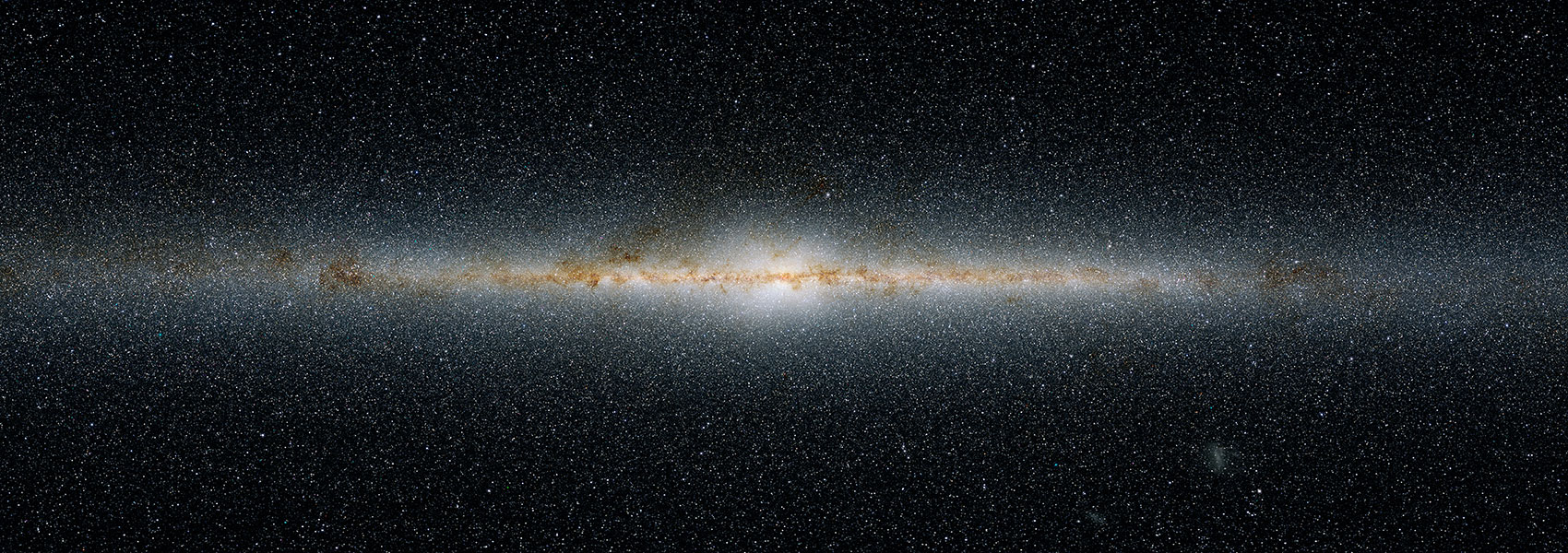August
2022
•
2022A&A...664A.196E
Authors
•
Euclid Collaboration
•
Saglia, R.
•
De Nicola, S.
•
Fabricius, M.
•
Guglielmo, V.
•
Snigula, J.
•
Zöller, R.
•
Bender, R.
•
Heidt, J.
•
Masters, D.
•
Stern, D.
•
Paltani, S.
•
Amara, A.
•
Auricchio, N.
•
Baldi, M.
•
Bodendorf, C.
•
Bonino, D.
•
Branchini, E.
•
Brescia, M.
•
Brinchmann, J.
•
Camera, S.
•
Capobianco, V.
•
Carbone, C.
•
Carretero, J.
•
Castellano, M.
•
Cavuoti, S.
•
Cledassou, R.
•
Congedo, G.
•
Conselice, C. J.
•
Conversi, L.
•
Copin, Y.
•
Corcione, L.
•
Courbin, F.
•
Cropper, M.
•
Da Silva, A.
•
Degaudenzi, H.
•
Douspis, M.
•
Dubath, F.
•
Duncan, C. A. J.
•
Dupac, X.
•
Dusini, S.
•
Farrens, S.
•
Frailis, M.
•
Franceschi, E.
•
Galeotta, S.
•
Garilli, B.
•
Gillard, W.
•
Gillis, B.
•
Giocoli, C.
•
Grazian, A.
•
Grupp, F.
•
Haugan, S. V. H.
•
Hoekstra, H.
•
Holmes, W.
•
Hormuth, F.
•
Hornstrup, A.
•
Jahnke, K.
•
Kümmel, M.
•
Kermiche, S.
•
Kiessling, A.
•
Kunz, M.
•
Kurki-Suonio, H.
•
Laureijs, R.
•
Ligori, S.
•
Lilje, P. B.
•
Lloro, I.
•
Maiorano, E.
•
Marggraf, O.
•
Markovic, K.
•
Marulli, F.
•
Massey, R.
•
McCracken, H. J.
•
Melchior, M.
•
Meylan, G.
•
Moresco, M.
•
Moscardini, L.
•
Munari, E.
•
Niemi, S. M.
•
Padilla, C.
•
Pasian, F.
•
Pedersen, K.
•
Percival, W. J.
•
Pettorino, V.
•
Pires, S.
•
Poncet, M.
•
Popa, L.
•
Pozzetti, L.
•
Raison, F.
•
Renzi, A.
•
Rhodes, J.
•
Riccio, G.
•
Romelli, E.
•
Rossetti, E.
•
Sapone, D.
•
Sartoris, B.
•
Schneider, P.
•
Secroun, A.
•
Seidel, G.
•
Sirignano, C.
•
Sirri, G.
•
Stanco, L.
•
Tallada-Crespí, P.
•
Tavagnacco, D.
•
Taylor, A. N.
•
Tereno, I.
•
Toledo-Moreo, R.
•
Torradeflot, F.
•
Tutusaus, I.
•
Valentijn, E. A.
•
Valenziano, L.
•
Vassallo, T.
•
Wang, Y.
•
Zacchei, A.
•
Zamorani, G.
•
Zoubian, J.
•
Andreon, S.
•
Bardelli, S.
•
Graciá-Carpio, J.
•
Maino, D.
•
Mauri, N.
•
Tramacere, A.
•
Zucca, E.
•
Alvarez Ayllon, A.
•
Aussel, H.
•
Baccigalupi, C.
•
Balaguera-Antolínez, A.
•
Ballardini, M.
•
Biviano, A.
•
Bolzonella, M.
•
Bozzo, E.
•
Burigana, C.
•
Cabanac, R.
•
Cappi, A.
•
Carvalho, C. S.
•
Casas, S.
•
Castignani, G.
•
Cooray, A.
•
Coupon, J.
•
Courtois, H. M.
•
Davini, S.
•
Desprez, G.
•
Dole, H.
•
Escartin, J. A.
•
Escoffier, S.
•
Farina, M.
•
Fotopoulou, S.
•
Ganga, K.
•
Garcia-Bellido, J.
•
George, K.
•
Giacomini, F.
•
Gozaliasl, G.
•
Hildebrandt, H.
•
Hook, I.
•
Ilbert, O.
•
Kansal, V.
•
Kashlinsky, A.
•
Keihanen, E.
•
Kirkpatrick, C. C.
•
Loureiro, A.
•
Macías-Pérez, J.
•
Magliocchetti, M.
•
Mainetti, G.
•
Maoli, R.
•
Martinelli, M.
•
Martinet, N.
•
Metcalf, R. B.
•
Morgante, G.
•
Nadathur, S.
•
Nucita, A. A.
•
Patrizii, L.
•
Popa, V.
•
Porciani, C.
•
Potter, D.
•
Pourtsidou, A.
•
Reimberg, P.
•
Sánchez, A. G.
•
Sakr, Z.
•
Schirmer, M.
•
Sefusatti, E.
•
Sereno, M.
•
Stadel, J.
•
Teyssier, R.
•
Valieri, C.
•
Valiviita, J.
•
Veropalumbo, A.
•
Viel, M.
Abstract
•
The Complete Calibration of the Color-Redshift Relation survey (C3R2) is a spectroscopic program designed to empirically calibrate the galaxy color-redshift relation to the Euclid depth (IE = 24.5), a key ingredient for the success of Stage IV dark energy projects based on weak lensing cosmology. A spectroscopic calibration sample that is as representative as possible of the galaxies in the Euclid weak lensing sample is being collected, selecting galaxies from a self-organizing map (SOM) representation of the galaxy color space. Here, we present the results of a near-infrared H- and K-band spectroscopic campaign carried out using the LUCI instruments at the LBT. For a total of 251 galaxies, we present new highly reliable redshifts in the 1.3 ≤ z ≤ 1.7 and 2 ≤ z ≤ 2.7 ranges. The newly-determined redshifts populate 49 SOM cells that previously contained no spectroscopic measurements and almost twice the occupation numbers of an additional 153 SOM cells. A final optical ground-based observational effort is needed to calibrate the missing cells, in particular in the redshift range 1.7 ≤ z ≤ 2.7, which lack spectroscopic calibration. In the end, Euclid itself will deliver telluric-free near-IR spectra that can complete the calibration.
The LBT is an international collaboration among institutions in the United States, Italy, and Germany. The LBT Corporation partners are: LBT Beteiligungsgesellschaft, Germany, representing the Max-Planck Society, the Astrophysical Institute Potsdam, and Heidelberg University; The University of Arizona on behalf of the Arizona university system; Istituto Nazionale di Astrofisica, Italy; The Ohio State University, and The Research Corporation, on behalf of The University of Notre Dame, University of Minnesota, and University of Virginia.
Links




